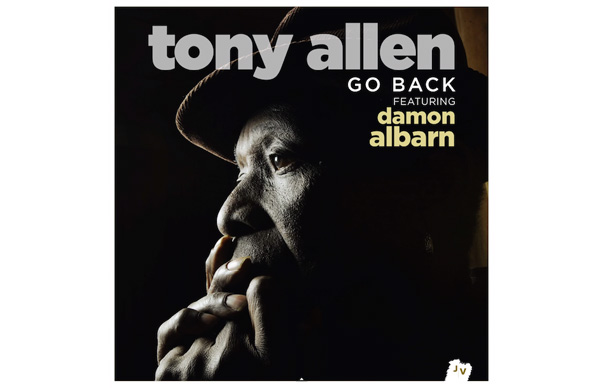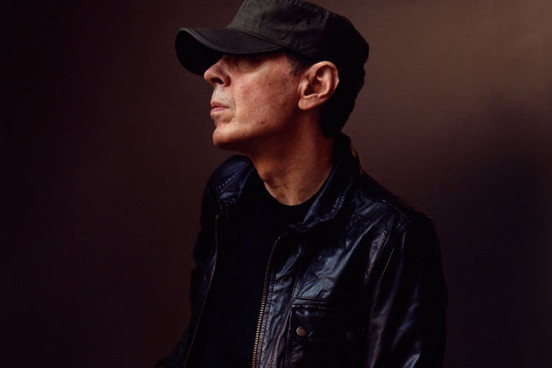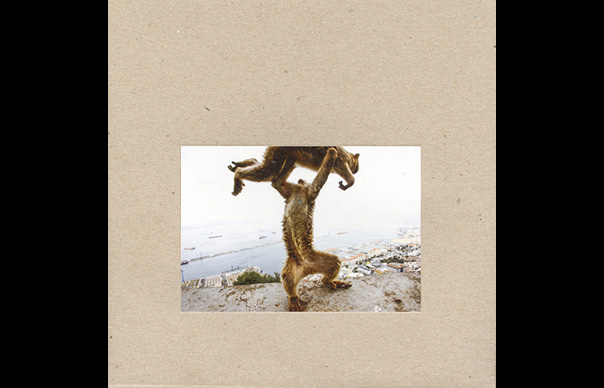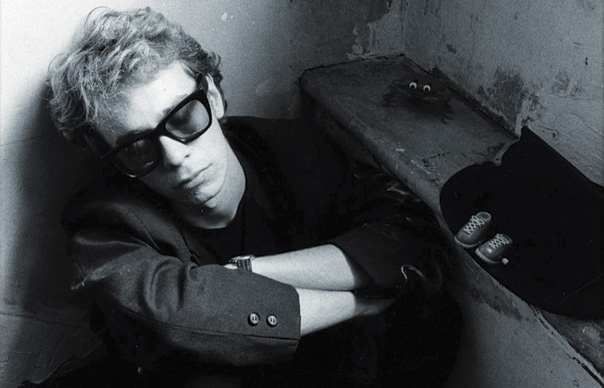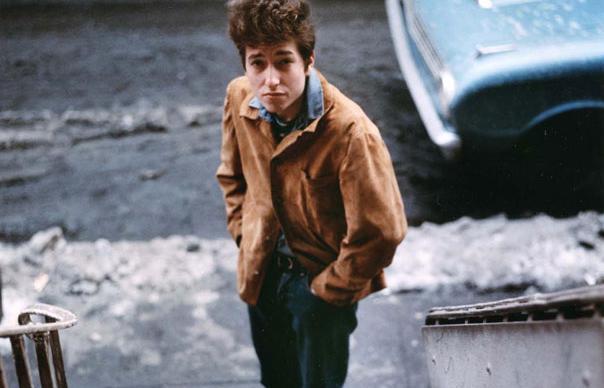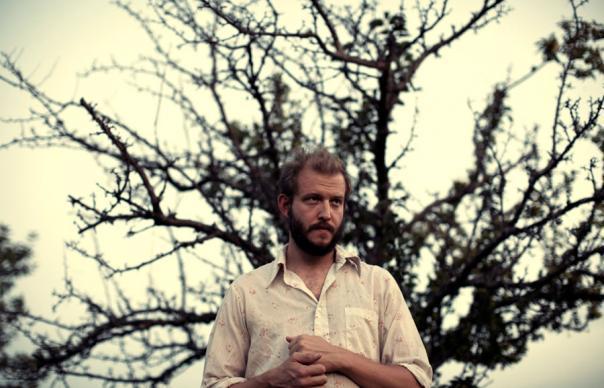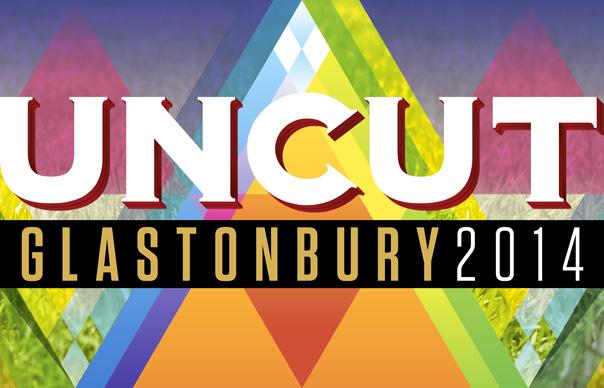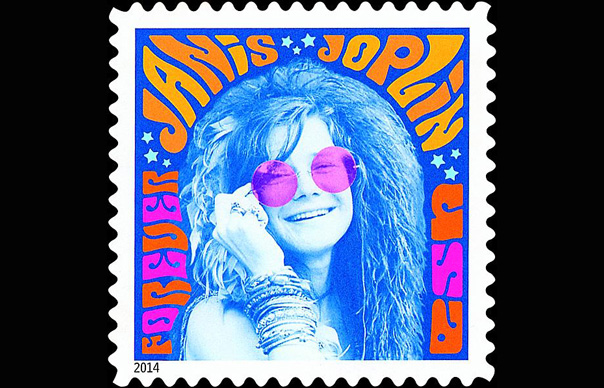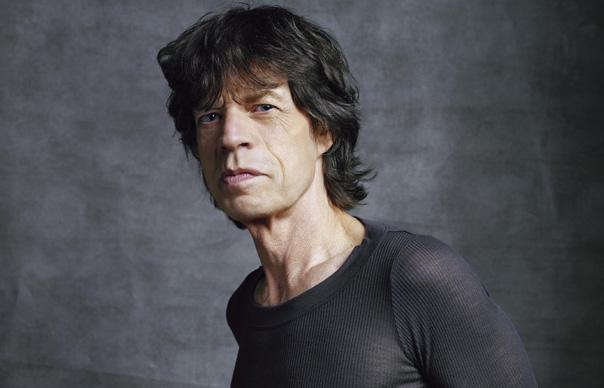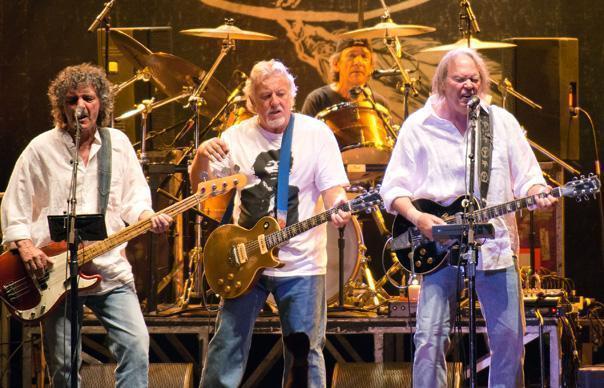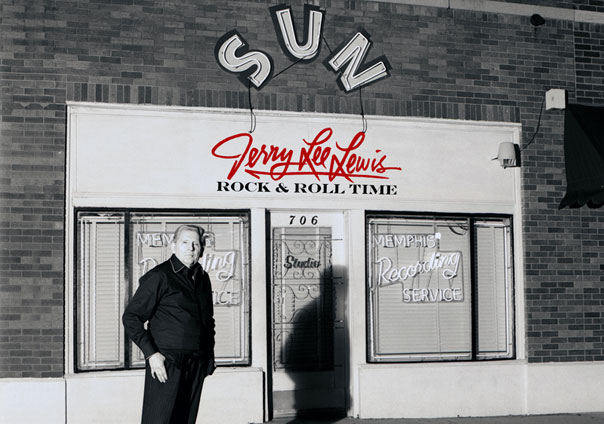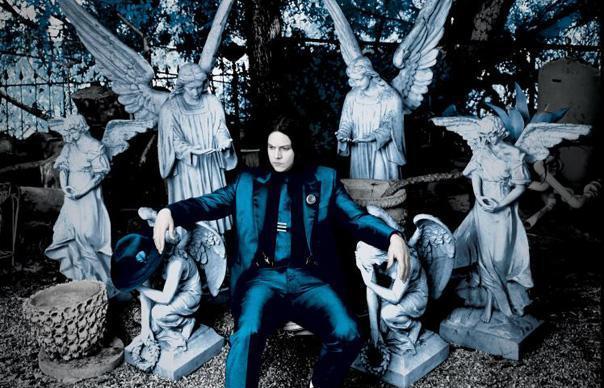The Manics release their 12th album, Futurology, on Monday (July 7) – here, we head back to the November 2011 issue of Uncut (Take 174) to hear James Dean Bradfield, Nicky Wire and Sean Moore talk us through their history, and introduce us to their next stage, “the third and final great leap forward…” Words: David Quantick
_____________________
“We came here on Silver Jubilee Day, 1977,” says Nicky Wire as a people carrier full of Manic Street Preachers heads towards the coast outside Cardiff. “My family didn’t want to go to a fucking street party so we went to the beach.”
James Dean Bradfield turns to his cousin, Sean Moore. “What was that costume you wore on the day?”
“Cossack,” says Sean.
“Which was nothing compared to the one you had on your birthday,” says Wire.
“They dressed me up in an SS officer’s uniform,” says Sean. “I was eight.”
Welcome, once more, to the weird and hilarious world of the Manic Street Preachers. I love the Manics, not least for the reason that they are quite possibly the funniest people I have ever met. Partly because they’re witty and articulate, but mostly because there’s something glorious about the spectacle of frothing, helpless, impotent rage. And the Manics are still angry as hell, boiling with scattergun fury. An innocent conversion in the car about favourite musicians suddenly takes a turn for the foaming when Brian Eno crops up.
“Oh, you’ve done it now,” says Sean as James turns in his seat, eyes red like stolen rubies and shouts, “Brian Eno? BRIAN FUCKING ENO!?!?! I saw him once, walking through London with a scarf over his shoulder carrying a baguette,” he spits. “He’s the kind of person who thinks doing that is great.”
_____________________
Manic Street Preachers HQ is Manicsesque the way the Batcave is Batmanesque. Downstairs, a studio with the original mixing desk from Rockfield Studios, posters – Aguirre: The Wrath Of God, a 2004 wallchart of the EU – and a small statue of Aneurin Bevan. Upstairs, two walls of Manics icon posters (James tests me on some and I fail) and a nice telly. On the couches are singles – the Television Personalities’ brilliant “A Sense of Belonging”, some stuff by left-wing sabotage band McCarthy and the artwork for early Manics 7” “Suicide Alley”. Nicky poses with a very broken Richey Edwards guitar – “I think it’s still got his blood on it” – and then settles on a sofa to discuss the business of the day. Ostensibly, we are here to talk about their epic new singles compilation set, National Treasures. Being the Manics, they’re also here to talk about their new album, provisionally entitled ‘70 Songs Of Hatred And Failure’. And, even more being the Manics, they’re also here to talk about going away for three years and coming back as a different group. But let’s start with the hits album.
“We talked about doing it when the tenth album, Postcards From A Young Man, came out [in 2010],” says Nicky. “We let ourselves down with the last compilation, [2002’s] Forever Delayed, ’cos we cherry-picked and there were only 19 of our hits on it. There’s 38 on this and when we do this gig at Christmas we’ll play all 38 of them. Three hours – with an interval where you can have an ice cream.”
“And that,” he says with a firm sigh, “will be it. We won’t be doing any more shows or putting out a record for two or three years.”
The Ziggy fans in the front row scream. Mick Ronson looks confused. What will you do in that time?
“Fucking sit in here and try and reclaim some kind of happiness…” Nicky claims. “No, we want the next album to be the third and final great leap forward of the band. I dunno what the next phase is gonna be, but to make people love you it’s got to be really special… My wall in my bedroom is Sandinista!, Bitches Brew, The White Album… the idea of doing something long, full of depth – and perhaps we have to sacrifice some of the writing quality for the sound.”
More on this story as it unfolds. National Treasures will feature almost every Manic Street Preachers single, including a new cover of “This Is The Day” by The The. “Which,” Nicky claims, “is just an absolutely gorgeous, melancholic song which we’ve just Manicfied… Manicfied? Manicsified?” Sadly, it omits both their marvellous cover of Rihanna’s “Umbrella” and their great download-only festive single, “Ghosts Of Christmas”, which contains the fantastic line, “Hot Wheels on the dinner table/Too much sherry, Mum unstable”.
So let’s begin our voyage around the Manic Street Preachers with 1991’s “Motown Junk”, their first “fully fledged, rock’n’roll opening salvo”, as Nicky calls it. “I do think it’s one of our best singles by a million miles. We’ve played it at every fucking gig for the last 22 years probably…”
Wire’s memories of the time are “just absolute naïve bliss. Travelling, sleeping in bunk beds, on tour in little B’n’Bs in Stoke, being on Heavenly, meeting Philip and Martin [Hall, both brothers later Manics managers]. There’s no downside to it. And actually, just thinking, ‘Fuck me, we’re gonna blow everything away.’”
I saw the band before I met them, as they walked down Charing Cross Road being photographed for the NME by Martyn Goodacre. With their leopardskin jackets, big hair and make-up, they looked, basically, like a bunch of women.
“We just did,” agrees Nicky. “I remember going with Philip to watch Swansea-Fulham with eyeliner on and getting the most bizarre looks, but feeling really empowered by it.”
The Manics are great because there are layers to them. There were no bands who liked Guns N’ Roses who weren’t bad metal. No bands who liked The Clash who weren’t crappy punk bands. And no band who could read, with the late example of The Smiths, who were any good. And the Manic Street Preachers, ludicrous and daft as they were, meant it.
“We generally did mean it. We still do,” nods Nicky apologetically, “It can be a really destructive thing. There’s just so much fucking hate within this band that sometimes we just flop down at the end of the day and think, ‘Why are we still like this?’”
It made life great for NME journalists. For me, it was suddenly a case of “My band’s smarter than your band.” We would all sit around just doing impressions of Richey James Edwards and Nicky Wire’s laconic pronouncements. Two favourites: “I mean, who’ve we got now? Loz. From Kingmaker,” and, slightly surreally, “The Queen Is Dead!? The Queen’s not dead.”
Nicky laughs. “There’s a gigantic fab’lous sense of humour to us. The idea that we were extremely po-faced and serious just didn’t bear out. Richey was a fucking hilarious character. He was Johnny Borrell and Pete Doherty before they existed.”
He was also charming, more Syd Barrett than Sid Vicious. You always felt you were in the presence of somebody delightful.
“There was a deep-rooted politeness in those situations,” Nicky claims. “And he always had a plan. He would never go into an interview without doing a bit of revision. He did think of ‘We hate Slowdive more than Hitler’ the night before an interview… which is a pretty dangerous fucking thing to say! And the night before we did our first NME cover shoot, I went out and got love bites. Richey couldn’t get off with anyone so he got his compass out and carved HIV into his chest.”
Nicky Wire grins evilly. “For you lot, it must have been such joy after having to do an interview with Ride.”
_____________________
The second landmark Manics single for Wire is the epic, gorgeous “Motorcycle Emptiness”, released in 1992. Produced by Wham! producer Steve Brown, this six-minute song was Bowie’s “Heroes” reimagined by Bruce Springsteen (with its roots, oddly, in the June Brides song “Josef’s Gone”). It was written by James when he was 17, and was initially too hard for the band to play live.
“I think ‘Motorcycle…’ was our first recognised song. Every country we’ve been to knows that song,” Wire says now. “I wish we could have done an album of ‘Motown Junk’s, but we put ourselves under so much pressure to be big sooner than we thought.”
There has been no other band who’ve gone from White Riot to Use Your Illusion in the space of a year, but that’s what the Manics did, from “Motown Junk” to the sprawling, stadium art rock of Generation Terrorists.
“And this is why we had a massive argument about wanting to be McCarthy, and being Marxist indie kids at the same time. It was a lot to try and shoehorn in, which is why it didn’t quite work with GT, much as I love it.”
Next on the singles list – as Nicky skips, as the Manics often do, the second, rockier album Gold Against The Soul – is “Faster”, first single from 1994’s career-changing and career-defining The Holy Bible, where Richey Edwards addressed his increasing mental illness and anorexia and James Dean Bradfield his love of late-’70s post punk.
“‘Faster’ is still probably our most original and powerful piece of music,” Nicky says as James comes over. He nods at Nicky. “We started to record in a palatial studio with a snooker room and a tennis court. But – and this was his idea – ‘We gotta get away, it’s gotta be boot camp, it’s gotta be nasty, like Michael-Caine-in-Mona Lisa naasty!’ And it was a touch of Method, recording it in the red light area in Wales.”
With its lyrical concerns and sheer relentless bleakness, The Holy Bible is seen as “Richey’s album”. How much was that true?
“That’s a good question,” says James. “The genesis of the record was Nicky’s idea, and the motivation. I really wanted to do a lot of my John McGeochisms, from Magazine, I was getting fed up with trying to ape Slash because it was obvious the world only wanted one Slash and they didn’t want a five feet two bloke from Wales doing it…”
“And the drumming is extraordinary on there,” says Nicky. “You listen to ‘White America’, it’s fucking unbelievable. I think Sean was tired of trying to be a stadium drummer… and his little frame was going ‘Fuck, can’t I just pretend to be a post-punk drummer?’”
“Undoubtedly Richey’s personal maelstrom was fed into the lyrics. A song like ‘Yes’, the noble notion of artistic bravery, perhaps forcing himself to go to places in his lyrics…” says James. “Singing Richey’s lyrics was like a set of sarcastic commandments. It just felt like sin to sing them.”
It was a horrific time for the band, with a member and a friend who was both physically and mentally ill. He could also be, as ever, lovely to be with. My last two memories of Richey are watching him stare at me in fascination one night when I had become horribly drunk, as though I were a television programme made of alcohol, and then meeting him at an early Oasis concert where he enthused about how great they were. And in many ways, this was, paradoxically, a great time for the band.
“I remember feeling incredibly superior at that point,” says Nicky. “When we’d turn up at festivals and we’d see all these fuckwits in their Fred Perry shirts and two-tone jackets, the Britpop fucking look, and we were dressed like Apocalypse Now… At Glastonbury, there was just pure enmity from us to them and them to us. I felt powerful. I was fucking spitting in the camera – ‘Build a bypass over this shithole! Wi-ire! Wi-ire! Wi-ire! Wi-ire!’”
Richey’s subsequent disappearance on February 1, 1995 (he was declared legally dead on November 23, 2008) stopped the band hard for six months. And then, says Nicky. “James phoned me up and said I think I’ve got this REM, Enno Morricone classic…”
There is no greater comeback single than 1996’s “A Design For Life”. The definitive Nicky Wire lyric, which James distilled from two of Nicky’s poems, it’s an epic Spector waltz that’s part terrace anthem and part demand for the empowerment of the working classes. From its opening line – “Libraries gave us power” – to Sean Moore’s crashing drum exit, “A Design For Life” marked the beginning of the Manics’ second wind.
“As soon as we had mixed the record there was a kind of confidence in us,” says Nicky now. “I had become so hateful towards Britpop and the pathetic nature of the patronisation of the working classes, usurping working class culture and turning it into fucking greyhound races and everything being common for common’s sake. There was a lot of constructive anger in the words, as opposed to nihilistic anger. It was just one of those few records you have where every aspect is perfect.”
“Constructive anger” led to something never seen before – the first positive Manics record.
“That first line is pretty startling. It’s a hard one to sing.” He demonstrates. “‘Lib’ries…Libraries!’”
“It is very strange how you go from ‘Faster’ to ‘…Design’,” James says to him.
“How you actually taught yourself to write less. Every line in that song does matter…”
Nicky hesitates. “Let’s face it, there was a freedom to making music that we had been constricted by…”
“Yeah!” James interrupts.
“ …which had been lifted,” finishes Nicky.
Which was?
“Just the volume of Richey’s words,” says Nicky. “It was pretty hard, when they’re that good, to get rid of ’em. When James had been presented with these amazing tracts of lyrics, it was hard for James to say, ‘Can you just go away and write four lines and a verse instead?!’ But to have Richey around on the Brit Awards and stuff, on the scale of popularity we had then, to see what he would said, that would have been fucking brilliant.”
Another landmark single? Nicky: “I’d have to say ‘If You Tolerate This Your Children Will Be Next’ [1998] because it was a gigantic No 1. A fucking complex song about the Spanish Civil War with a massive title – the longest title in pop history to get to No 1 until recently – and some lines in there which you would never hear in a No 1 record. And I think it must be the only pro-war song to be No 1.”
This was the golden age of the Manic Street Preachers, when their linen-clad forms (James: “Manics at C&A!”) were on every TV show and their increasingly airbrushed sound worked in odd complement to their newly bleached passion. It was a direction which led, inevitably, into a well-produced trough. Has there ever been a less-aptly named album than 2004’s Lifeblood?
“In a strange way, the next landmark moment is [Lifeblood single] ‘The Love Of Richard Nixon’,” continues Nicky. “Because we just realised what we couldn’t be. That was us thinking we could say anything, that the things we talk about amongst ourselves, that we could turn it into a song and have a Top 10 hit with it. And that showed us we couldn’t.”
“To try and write a humanising song of admiration about the most hated President in US history,” adds Nicky, nodding towards Sean Moore, who’s sitting nearby, “Sean still loves the song.”
“Because it’s twisted,” says Sean with relish. “It’s a hated person in a chintzy pop song.”
“Chintzy?!” James splutters. “That was supposed to be our fucking Shriekback influence, that was!”
“I can remember being in James’ flat in Cardiff, hearing Jo Wylie play it on Radio 1,” Nicky groans. “And I knew as soon I heard it… what the fuck have we done?”
“The most perverse moment,” says Sean, with relish, “was that at midweek it was No 1.”
“Whenever you get told by your A & R man to sound like U2 and Depeche Mode…” says Nicky, “You’re fucked if you try and follow that.”
Really? The Manic Street Preachers, punk rock scourges of the charts, listened to an A&R man?
“There was a little subconscious seepage,” James admits. Sean is more forthright. “They said listen to ‘Enjoy The Silence’. Possibly we’d have been better off with fucking silence.”
_____________________
And then came the band’s third wind. Via Sweden.
Nicky: “‘Your Love Alone Is Not Enough’ [2007] is the next landmark because it’s everything throughout our career we wanted to be, really. Having Nina [Persson, from The Cardigans, who shared the lead vocal with James] in the band gives that sense of symmetry. There’s no way she replaced Richey, but having someone so glamorous and talented… and we are genuinely obsessed with the Cardigans. And that was No 1 all week on the midweeks and we only got overtaken by Beyoncé and Christina Aguilera together! On a Shakira song!”
Nicky likes his hits, you can tell. “With that song,” he says, “you’d be getting feedback straight away, saying it’s No 5 in Hong Kong and things like that, and it made you realise that as creatures commercial success has fucking been important. I couldn’t survive on critical acclaim alone.”
The next album – 2009’s Journal For Plague Lovers – was a sort of Holy Bible II, with lyrics taken from Richey’s old notebooks. Produced by Steve Albini (Nicky: “Richey had always wanted Albini”), it wasn’t raided for singles at all, so our next Manics landmark is the title track of their most recent album, Postcards From A Young Man.
“There’s a real deep resonance to ‘Postcards From A Young Man’,” says old man Wire. “It’s definitely one of my favourite titles, and it did seem to sum up the autumnal fade and the beauty of remembering stuff in a positive way. There’s some kind of glorious failure in that song.”
‘Postcards…’ is also an intensely crowded song, riff after tune after hook.
“That’s our obsession with trying to fit everything into three-and-a-half minute songs,” says Sean. “We take a pride in that.”
And there we have it. Until next time. What will the Manics of the future be like?
“I want there to be a different singer in the band,” says James. Nicky looks at him. “I’m glad you said that,” he sulks. “Because I said that at the weekend and everyone’s been having a fucking go at me!”
“I like the idea of Nina and you trying to write lyrics together,” James continues. “You having a lyric partner again would be interesting. But we do need a new angle and we need a new voice in the band. That’s where I am with it.”
“I agree,” says Nicky. “Preferably one that looks slightly more attractive than you.” He corrects himself. “Well, all of us really.”
Perhaps you could do a Sugababes and replace members one by one.
“That would be fucking brilliant!” roars Nicky. He is serious again. “Shirley Bassey, Ian McCulloch, Traci Lords… we’ve always enjoyed having a different voice. But if there is going to be a final phase of the Manics then – ”
James interrupts. “ – we’ve at least got to try and get four albums out of it!”
Time to go. The next time we see the Manics, who knows what they’ll be up to. I don’t know what your truth is, but here’s mine: 20 years on, my band is still smarter than your band.



